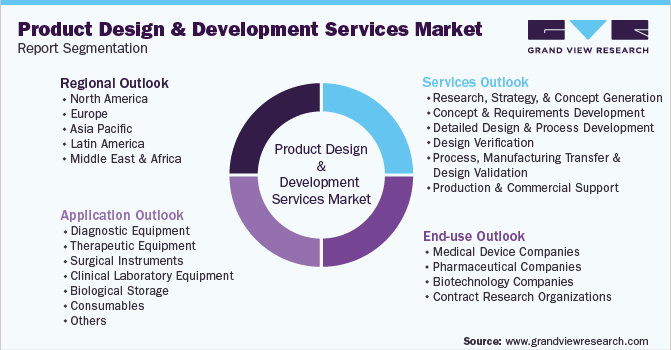Across Boundaries: The Advantages of Global Manufacturing

In an increasingly interconnected world, the field of global product design and manufacturing is redefining the landscape of industry and commerce.Organizations no longer operate in solitude; instead, they flourish on collaboration that crosses geographical boundaries. This shift has led to a dynamic tapestry of ideas and innovations, where diverse talents and resources come together to create products that serve a global audience.
The benefits of global product manufacturing reach far past cost efficiency. Companies gain access to a broad array of skilled labor, advanced technologies, and unique materials, enabling them to enhance their product offerings. Moreover, this collaborative approach fosters creativity and drives sustainability, as businesses learn from one another and adapt best practices. Ultimately, embracing a global perspective not only boosts economic growth but also nurtures cultural exchange and understanding, enriching both producers and consumers alike.
Monetary Benefits of Global Manufacturing

International manufacturing plays a crucial role in enhancing economic effectiveness across countries. By tapping into various markets, businesses can enhance manufacturing costs by using materials where they are in the most affordable. This not only helps companies to reduce their operating expenses but also allows for aggressive pricing in the international marketplace. As a result, customers enjoy availability to a broader selection of products at more price levels, stimulating financial expansion.
Furthermore, international production encourages employment generation and skill development in growing nations. As international companies establish facilities in these locations, they not only bring funding but also generate employment opportunities. This surge of employment can lead to improvements in local economics, with laborers gaining important capabilities and experience in innovative production techniques. Consequently, these locations benefit from enhanced levels of life and enhanced buying capacity.
Finally, the interconnectedness of international production allows for creativity and collaboration across borders. Firms can capitalize on the strengths of multiple areas, bringing together varied skills and ideas. manufacturers outside of china fosters a environment of creativity that drives fresh goods development and enhances current processes. By exchanging expertise and techniques, companies can achieve greater efficiencies and enhance their competitive advantage, ultimately contributing to a more active international market.
Innovations Driven by International Collaborations
Global product production creates a fertile ground for innovation through collaborative efforts between borders. When businesses collaborate with groups and talents from various countries, they merge varied viewpoints and skills that can lead to groundbreaking ideas. For instance, a tech firm in Silicon Valley might team up with engineering experts in Europe to develop advanced hardware that incorporates both state-of-the-art design and exact production. This synergy between cultures and disciplines often produces in products that not only fulfill consumer needs but also push the boundaries of what is achievable.
Furthermore, the access of global skills allows for a pooling of capabilities that enhances innovation and problem-solving. Creative teams from different areas can collaborate to meet specific consumer requirements, customizing products for distinct markets while preserving a cohesive international vision. This strategy not only accelerates the creation process but also promotes unique answers that might not develop in uniform settings. With rapid advancements in communication technology, real-time collaboration has become easier, allowing groups to refine on ideas and models quickly, thus speeding up innovation.
Moreover, access to global distribution networks can empower manufacturers to source materials and parts from the top vendors worldwide. This not only enhances the quality of the finished products but also allows for the incorporation of sustainable practices that might be more accessible in specific regions. For example, a company may use eco-friendly materials produced in one nation while manufacturing products in another, leading to a more eco-friendly manufacturing model. Such advancements, fueled through global partnerships, show that limits can be transcended and utilized for the common good, ultimately enriching the international market with premium, inventive offerings.
Greener Practices and Fair Practices in Production
The move towards worldwide goods manufacturing has prompted a significant reassessment of sustainability and moral practices within production methods. Companies are more and more recognizing their obligation to lessen ecological footprint while guaranteeing just labor practices across their supply chains. By adopting green production techniques, such as using renewable power sources and implementing waste reduction strategies, businesses can significantly reduce their carbon footprint and help to a better planet.
Additionally, global production provides a pathway for greater clarity in sourcing materials and labor. Many companies are now dedicated to moral sourcing, which means they carefully select suppliers who follow strict labor laws and ecological regulations. This promise not only boosts company reputation but also builds consumer trust, as buyers are more inclined to choose companies that correspond with their values regarding sustainability and fair consideration of workers.
Moreover, joint efforts in global product design foster innovation in eco-friendly methods. Companies are progressively exchanging knowledge and implementing innovative technologies that encourage eco-friendly production methods. This partnership leads to the creation of goods that are crafted with the full lifecycle in mind, from materials used to disposal disposal. As a result, global manufacturing is not just about financial growth; it is increasingly becoming a means for positive change that benefits both people and the environment.
